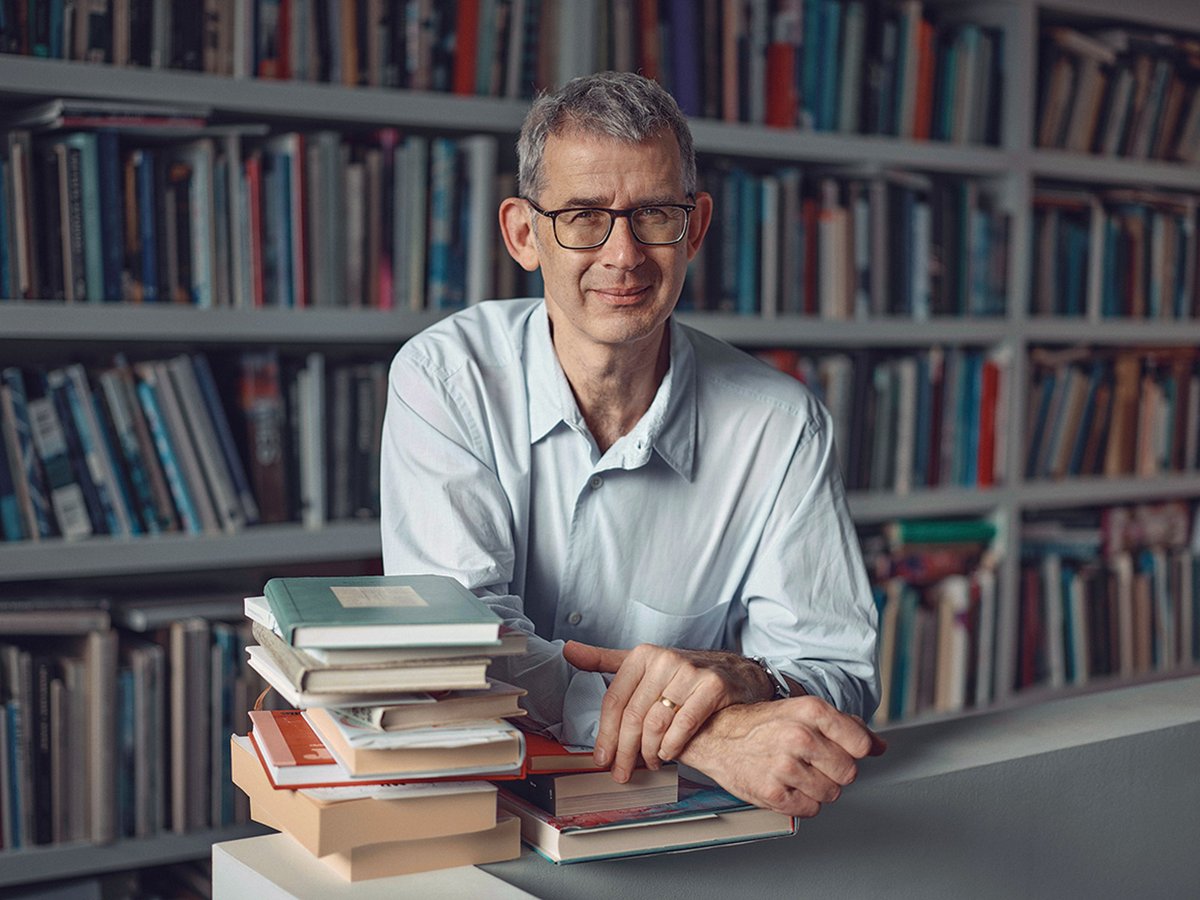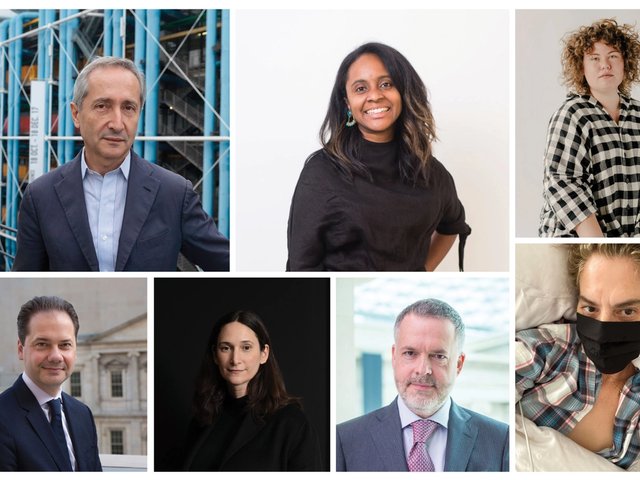Edmund de Waal, artist and author
The World According to Colour (2021) by James Fox
“A distilled, literary, searching biography of colour. I loved its plurality
and generosity. And what a relief to read cogent art history.”

Courtney Martin © Mara Lavitt
Courtney Martin, director, Yale Center for British Art
Our Days are Like Full Years: a Memoir with Letters from Louis Kahn (2020) by Harriet Pattison
“Pattison’s take on the memoir productively diverges from the form to be a meditation on place, persona and the remnants of a fully lived life. I was as enthralled by her prose as I was by the inclusions of matter (letters, notes, photographs and scraps alike) that often make up the unseen corpus of an archive, be it personal or institutional. [Her memoir] is a model for the field.”
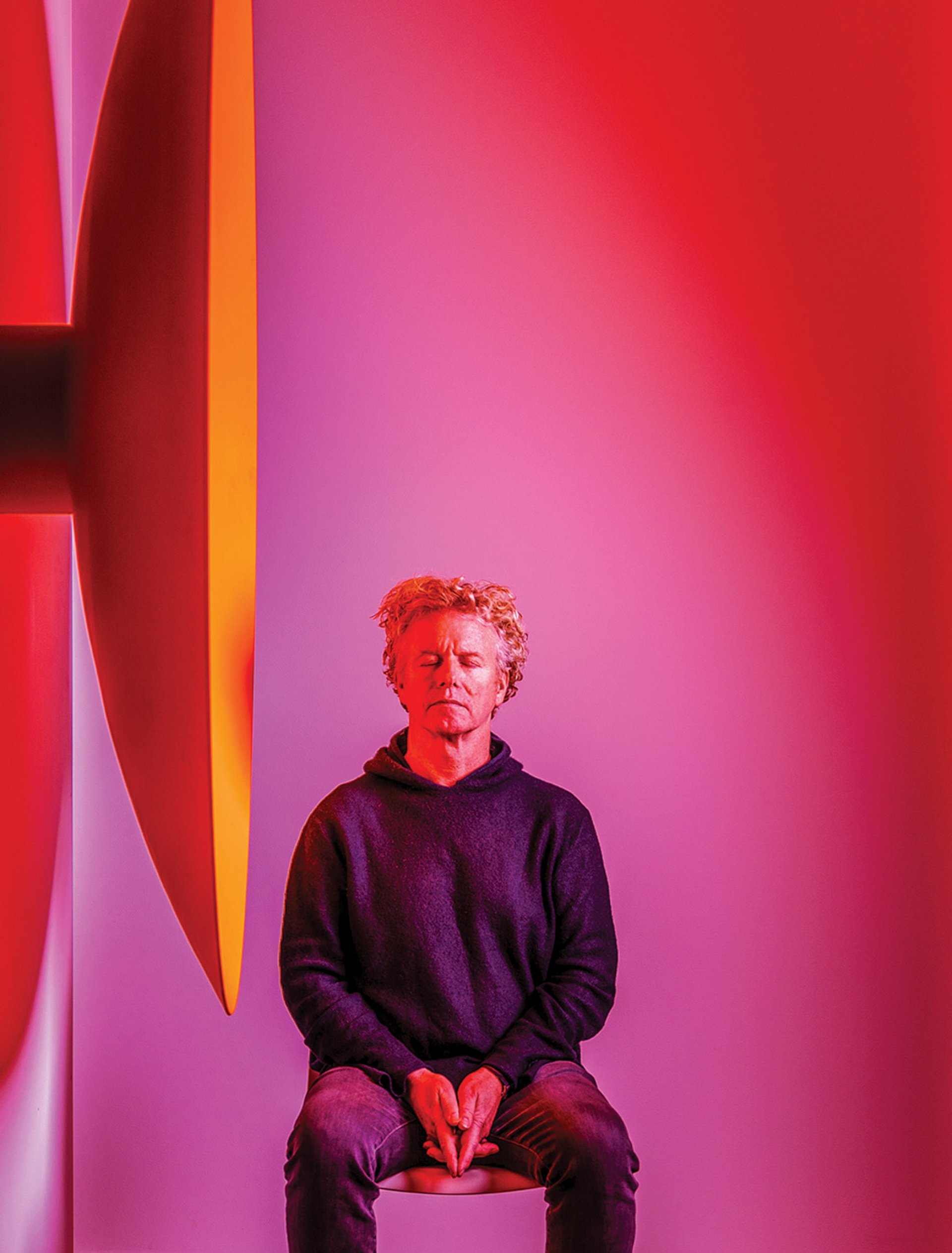
Chris Levine © Michael Fung
Chris Levine, artist
The Cosmic Serpent (1998) by Jeremy Narby
"[This book] gets to the roots of the human story through tracing our genetic origins. The deeper you go into our true history as a species, the more magical and divine it becomes. The ultimate creativity is life itself."
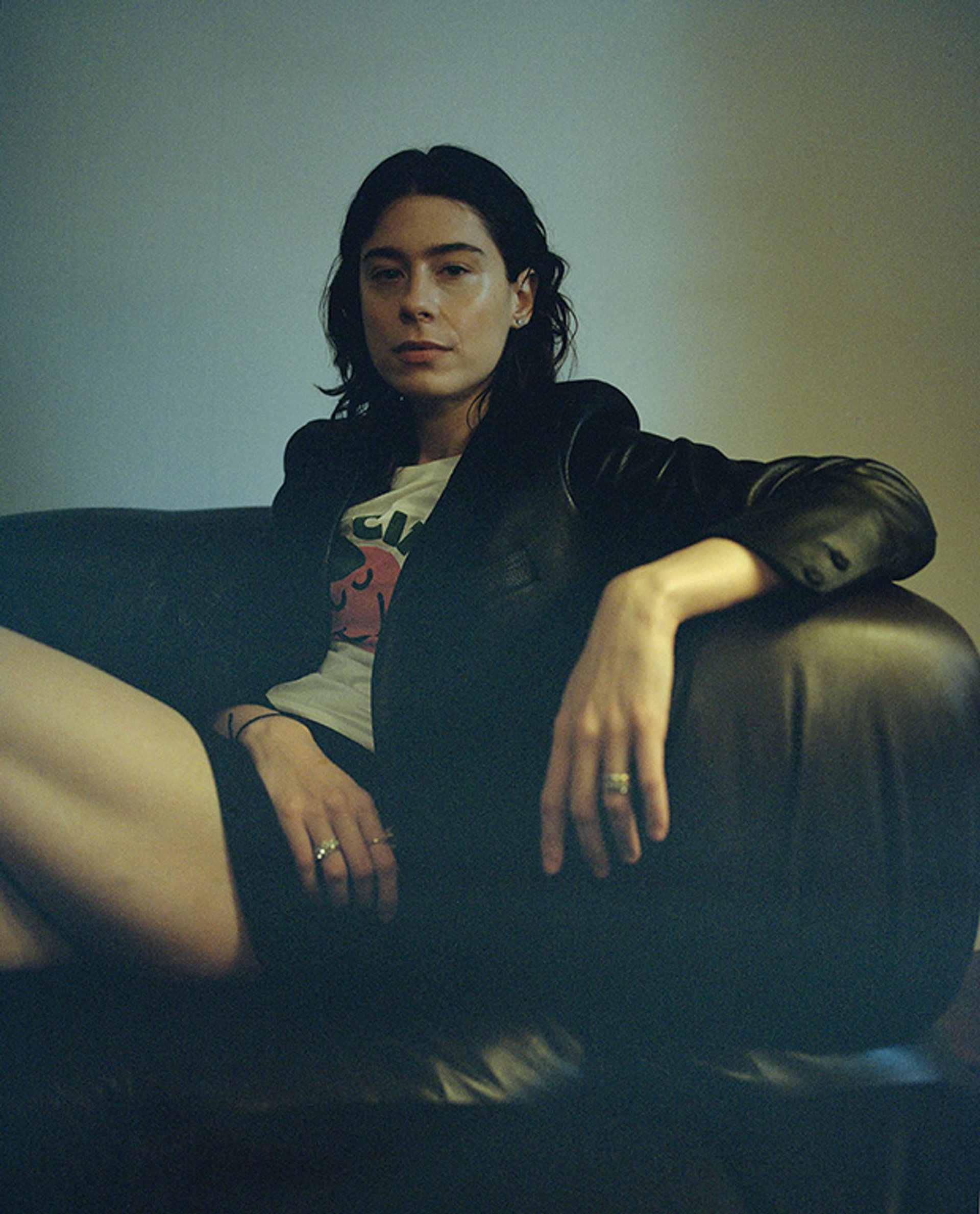
Nora Turato Courtesy of S*an D
Nora Turato, artist
Voice & Speech in the Theatre (2000) by J. Clifford Turner
“I’ve been rehearsing and using this book for months. It is a known classic in the theatre and among actors, and includes exercises which are so helpful. It could be really useful for artists working with language and voice.”
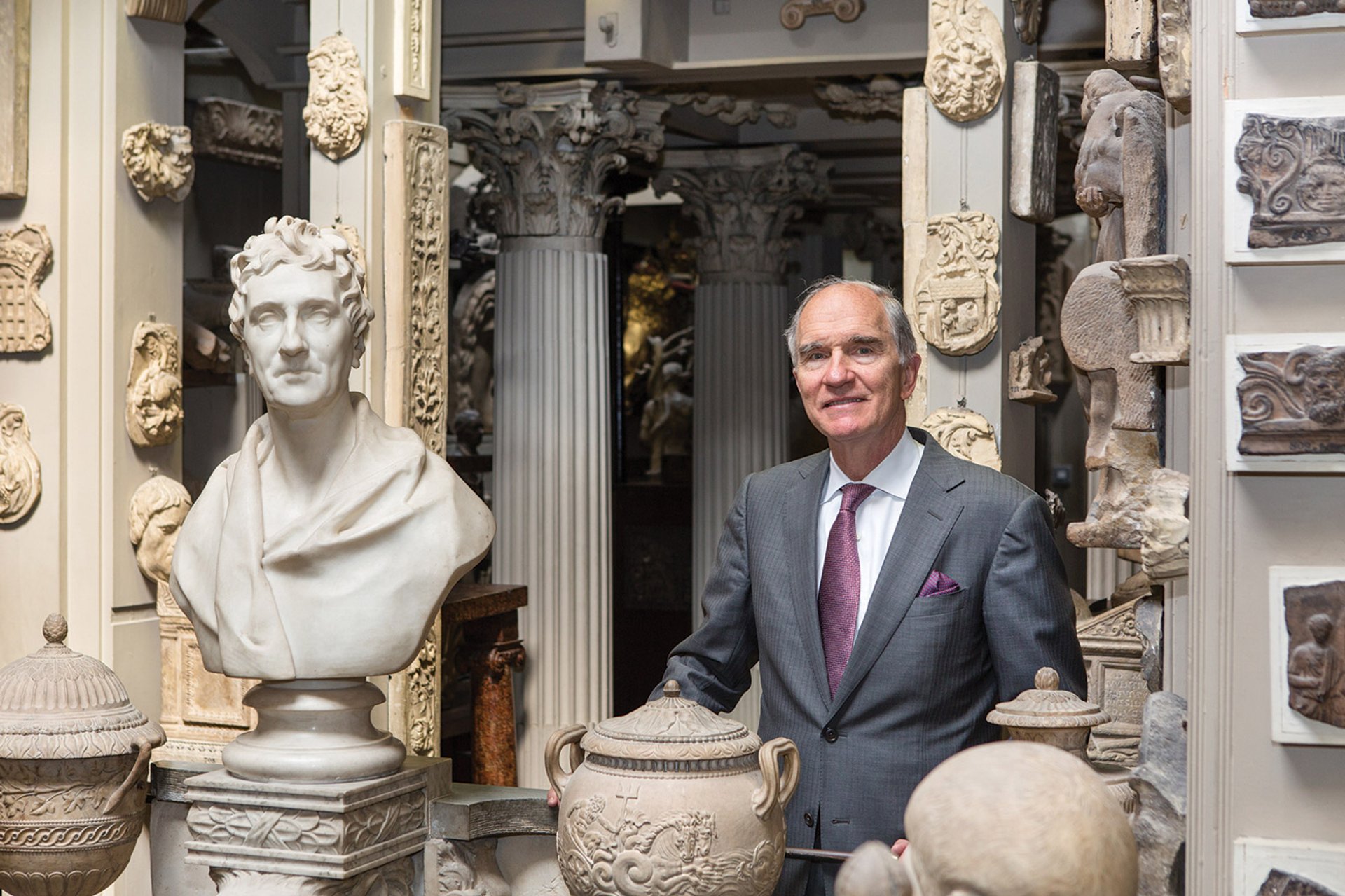
Bruce Boucher © Lewis Bush
Bruce Boucher, director, Sir John Soane’s Museum
The Romance of Ruins: the Search for Ionia, 1764 (2021) by Ian Jenkins
“This was the Soane Museum’s major exhibition last summer and the last scholarly work published by the late and much lamented Ian Jenkins.
It is a fascinating account of an expedition sponsored by the Society of Dilettanti, encompassing the Ionian coast and Athens. The group included Nicholas Revett and the young artist William Pars, whose watercolours capture the brave new world encountered by the English in search of Homer’s Troy.”
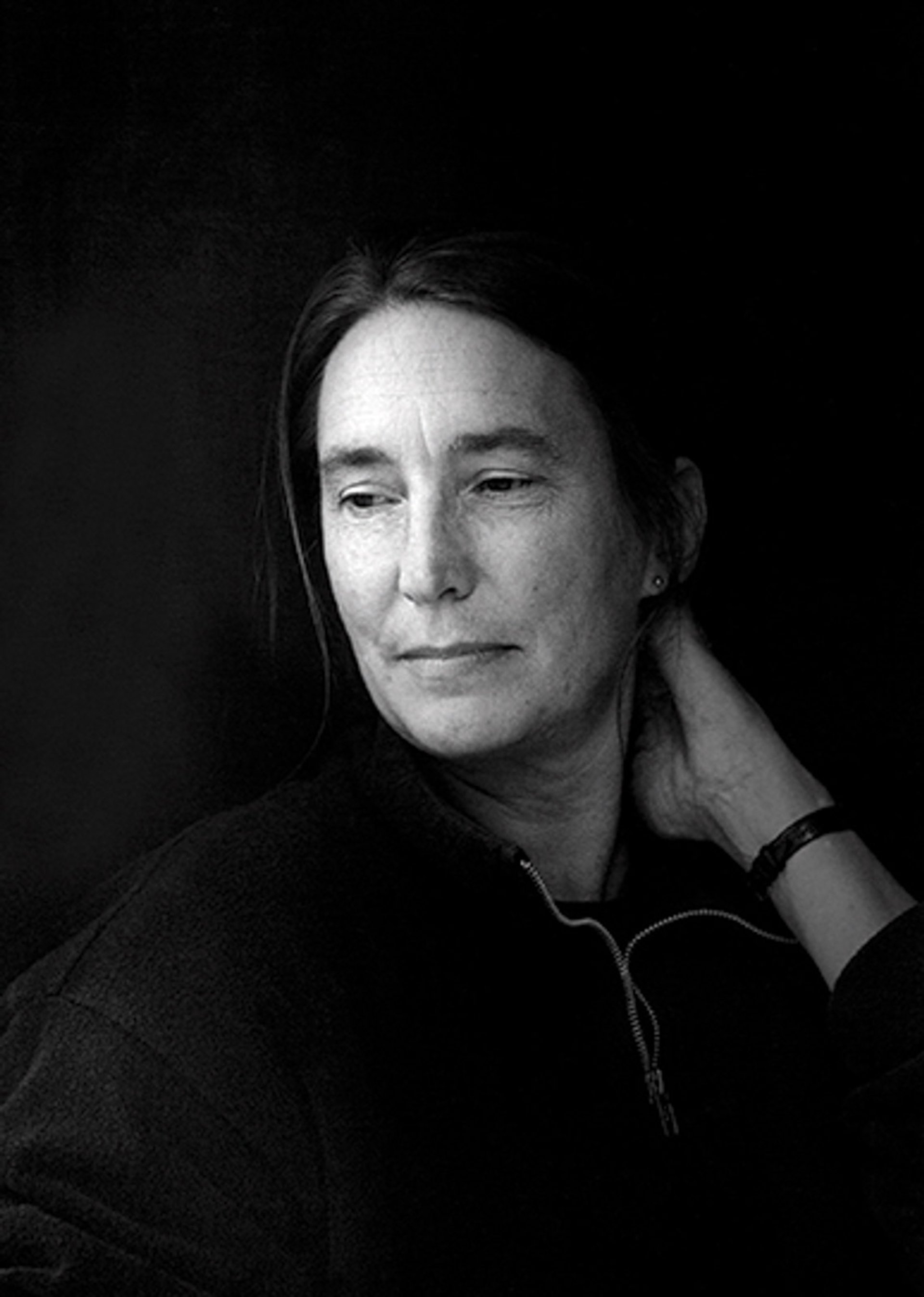
Jenny Holzer Photo: Nanda Lanfranco © Jenny Holzer
Jenny Holzer, artist
"Dirty confession: I didn't read any art books."
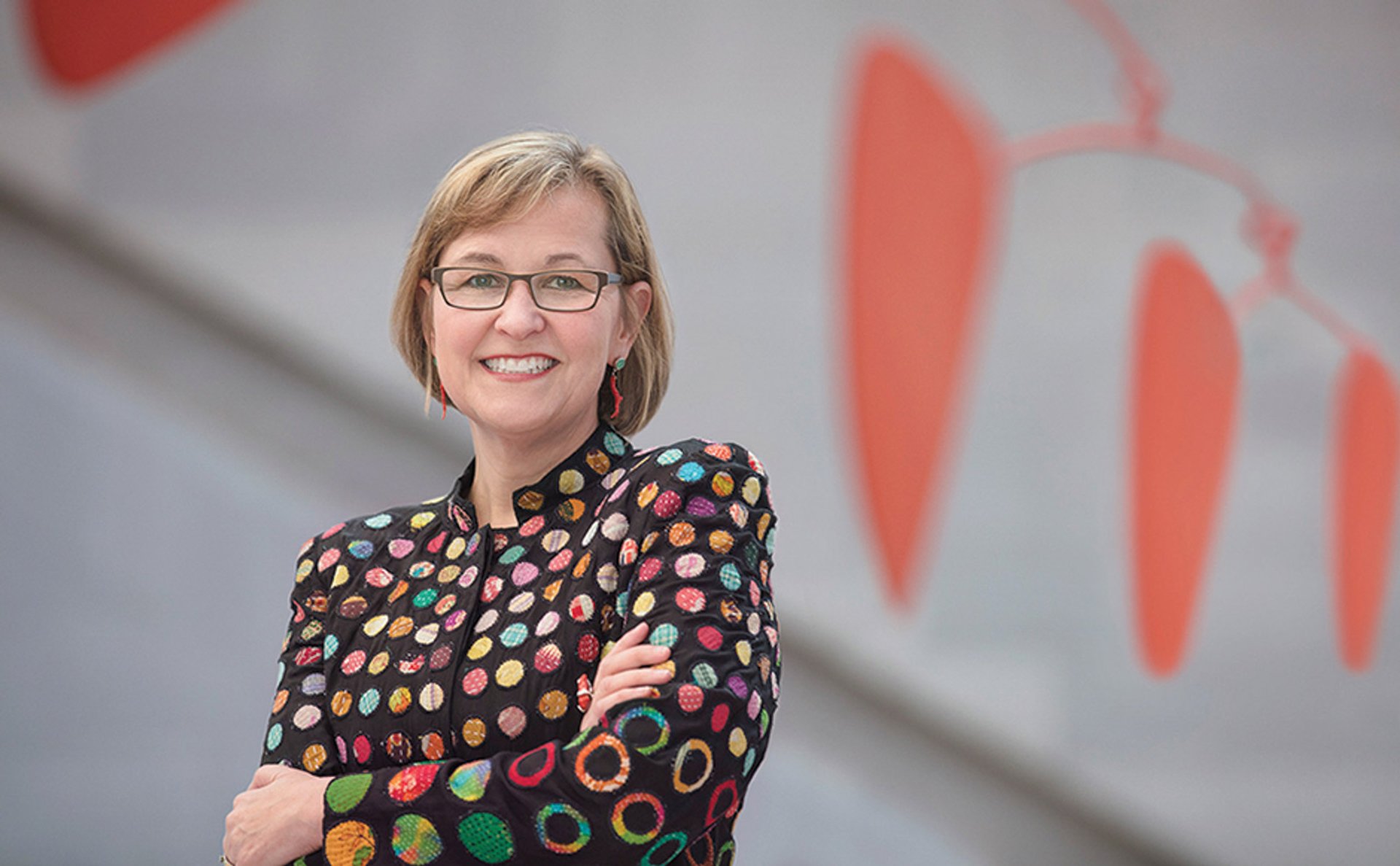
Kaywin Feldman Courtesy of National Gallery of Art
Kaywin Feldman, director, National Gallery of Art, Washington, DC
The New Woman Behind the Camera (2020) by Andrea Nelson
“How to choose one among the many excellent volumes published recently by the National Gallery of Art? As a feminist, I am delighted to single out The New Woman Behind the Camera, the catalogue that accompanies the exhibition currently on view here [until 30 January 2022]. The book highlights pioneering women photographers during the 1920s through the 1950s who used the camera to achieve personal and financial independence while advocating for equity and expanded rights. Global in scope, The New Woman Behind the Camera reevaluates the history of modern photography, asking us to recognise the defining role that woman played during this time of enormous change. The book introduced me to many talented and courageous women photographers whose names were unfamiliar to me but whose work is unforgettable.”
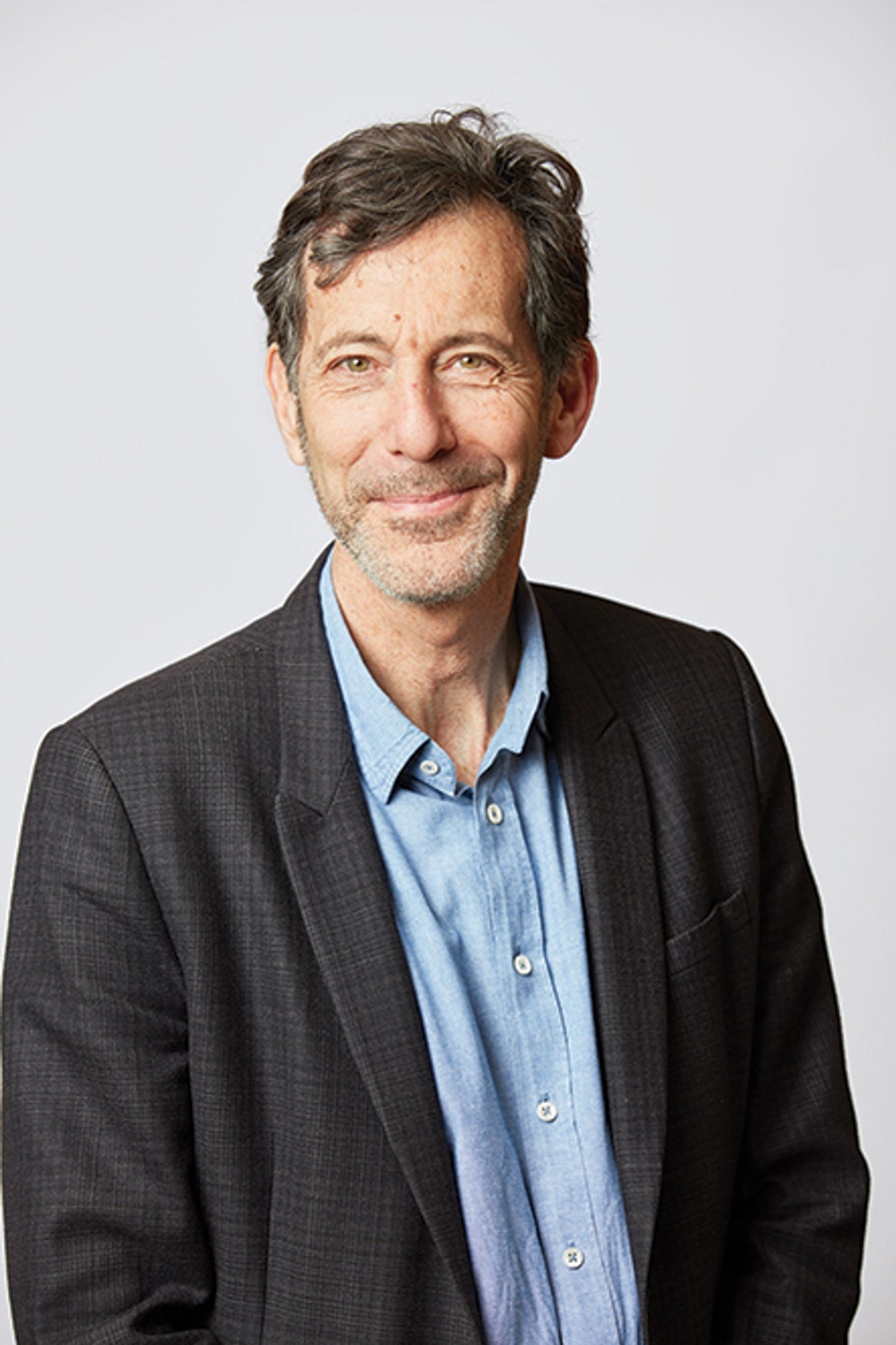
Ralph Rugoff © Cesare De Giglio
Ralph Rugoff, director, Hayward Gallery, London
See/Saw: Looking at Photographs (2020) by Geoff Dyer
“In this expansive collection of essays, Geoff Dyer delivers luminous and unexpected insights. Addressing the work of artists ranging from August Sander and Roy DeCarava to Andreas Gursky and Dayanita Singh, Dyer’s essays are animated by his lively curiosity, his acutely perceptive reading of individual pictures, and his intense engagement with larger questions relating to what photos can tell us about our relations with the world. Always deeply informed yet never academic in tone, this collection reveals Dyer—for whom writing on photography is a ‘main sideline’—to be the best British writer on the medium since John Berger.”

Catherine Wood Courtesy of Tate
Catherine Wood, senior curator, international art (performance), Tate Modern
Mike Kelley: Materialist Aesthetics and Memory Illusions (2020) by Laura López Paniagua
“Some years since Mike Kelley’s major touring retrospective made his influence on the language of contemporary art clear, López Paniagua brings a next-generation perspective to Mike Kelley’s ‘materialist aesthetics’: his refusals of what he saw as the reductiveness of conceptualism, or idealism, in favour of worldly materiality and biographical voice. She takes a deep dive into his incredible brain as it manifests via the objects and images he made, analysing his conflation of the lurking power of the cinematic imagination with repressed memory syndrome and the archetypes that shape our social roles as he performed and probed them.”
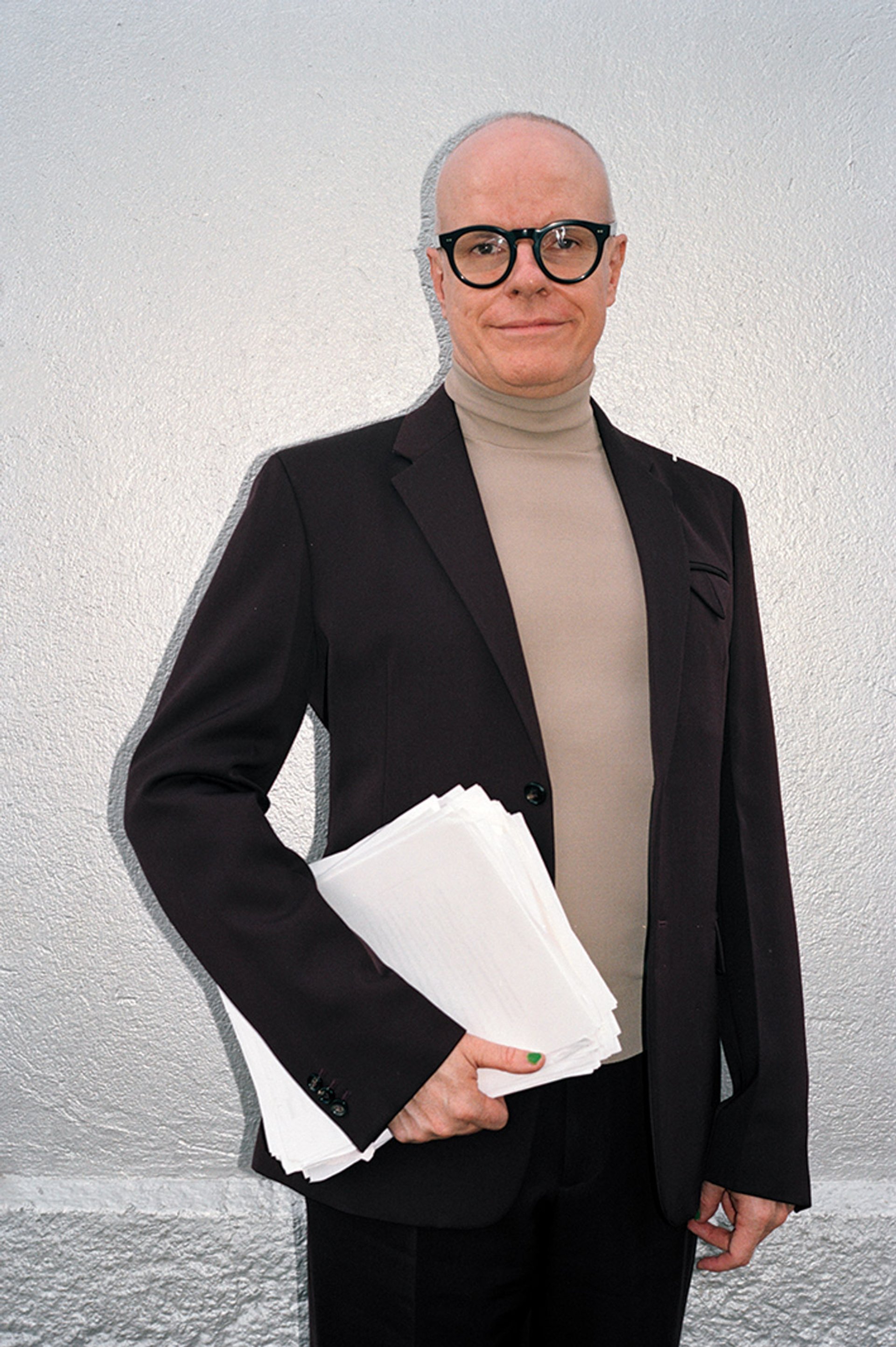
Hans Ulrich Obrist © Lukas Wassmann
Hans Ulrich Obrist, artistic director, Serpentine Galleries
Spill: Scenes of Black Feminist Fugitivity (2016), M Archive: After the End of the World (2018) and Dub: Finding Ceremony (2020) by Alexis Pauline Gumbs
“For the last 12 months I’ve been fascinated by this extraordinary trilogy. Each book takes inspiration from and is mainly informed by the work of a single writer: Spill—Hortense Spillers; M Archive—M. Jacqui Alexander; Dub—Sylvia Wynter. Gumbs’s work looks at the various ways in which the theoretical and poetic treatment of these writers’ works can offer possible methods for remembering, healing, listening and living otherwise. Wynter herself, for example, rejected all forms of universalism. I think art needs to take that into account, to integrate with nature; build a relationship between people and the environment and be responsive to ceremony and rituals. The trilogy has since inspired the Remember Nature book the Serpentine Galleries published with Penguin and opens with Gumbs’s words: ‘We have the opportunity now, as a species fully in touch with each other, to unlearn and relearn our own patterns of thinking and storytelling in a way that allows us to be actually in communion with our environment, as opposed to a dominating, colonialist separation from the environment.’ This trilogy, as well as Gumbs’s most recent work, Undrowned, offers fascinating insights into new forms of togetherness—among ourselves and our environment.”
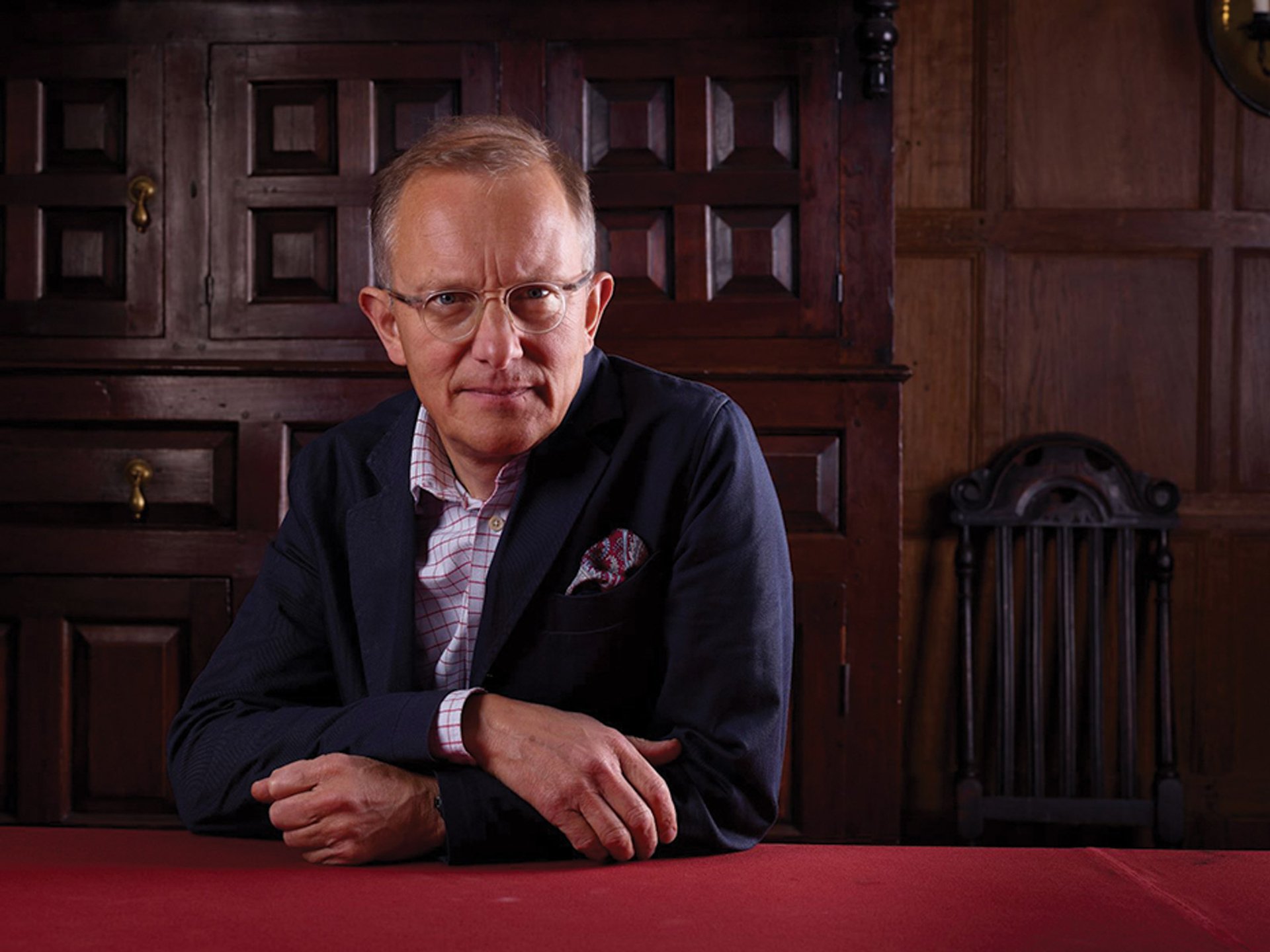
Simon Thurley
Simon Thurley, chair, National Lottery Heritage Fund and National Heritage Memorial Fund
Foundations: How the Built Environment Made Twentieth-Century Britain (2020) by Sam Wetherell
“Not just a history of the principal urban building types of the 20th century, but an illuminating and original history of the century itself told through its architecture and the thinking that lay behind it. Here is everything we love and hate about the 20th century from shopping precincts, through the tower blocks to the business park, all brought to life through its social, political and economic context.”
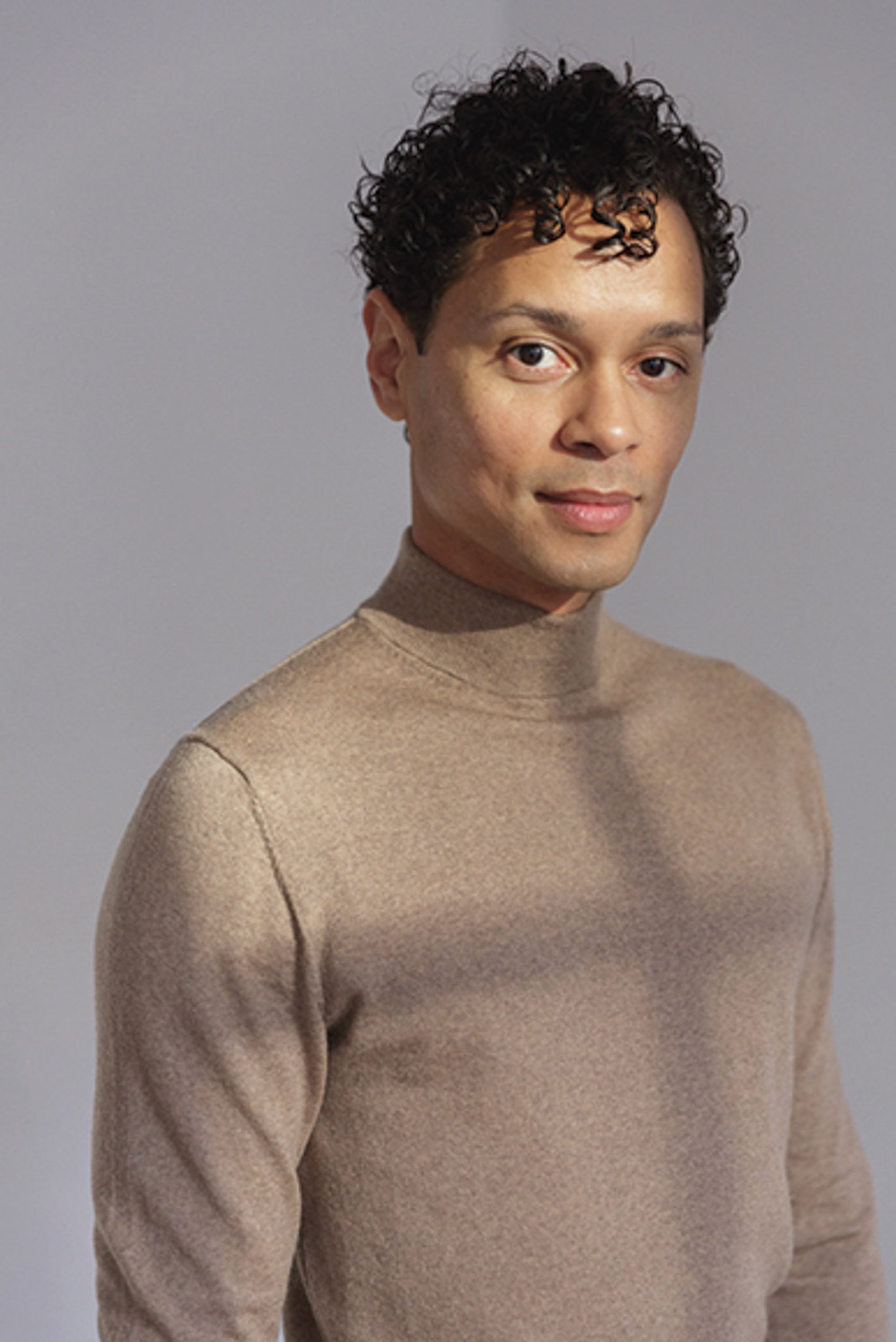
Aaron Cezar © Tim Bowditch 2018
Aaron Cezar, founding director, Delfina Foundation
The Rise and Rise of the Private Art Museum (2021) by Georgina Adam
“Georgina Adam’s book is a detailed and intelligent survey of the proliferation of private museums globally, which could be seen as vanity projects, but, as the author reveals, make a substantial contribution to society, local economies, and the cultural landscape.”

Alexander Herman © Kailee Mandel
Alexander Herman, assistant director of the Institute of Art and Law
Loot: Britain and the Benin Bronzes (2021) by Barnaby Phillips
"For the first time a comprehensive account of the famed Benin Bronzes, from their creation to their pillaging by British troops to subsequent attempts at recovery. Phillips writes with ease and erudition, highlighting the many complexities that arise with each attempt at addressing this historical injustice."


